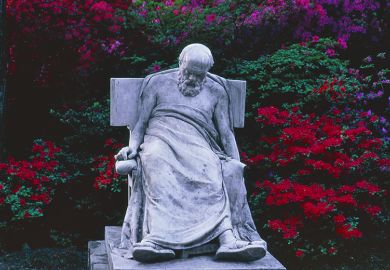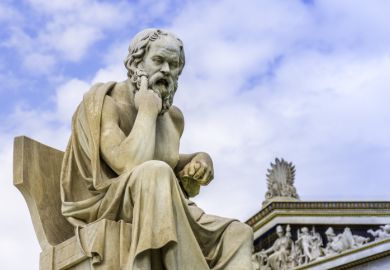Two features of Philosophy of the Arts are certainly welcome: it displays a grasp of research not only in the analytical but in the continental traditions, and it devotes generous space to particular arts. The central question running through the book is, "What is valuable about art?".
Three theories, attempting a general explanation, are outlined and then subjected to interpretations and objections: 1) The pleasure theory; 2) The expression theory; 3) The cognitive theory. Plainly, to undertake such a critique in only part of an introductory text is a formidable task and the danger of serious distortion is very real. In my estimation, such a danger has not always been avoided. Nonetheless, the author's own lines of argument can be impressive, although they will often require considerable efforts of attention from the uninitiated. The same applies when the discussion turns to the question of value in relation to particular art forms (with separate chapters on music, visual arts, literature and architecture). The book ends by examining, first, the definition of art and, second, sociological theories of art (Marxism, structuralism, deconstruction) as alternatives to normative theories.
Although this is a finely constructed and comprehensive work, I do wonder about its effectiveness for students, especially those new to the subject (for which it claims to be suitable). Aesthetics is made to seem like an unending succession of opposing positions, with virtually no clear positive results. Perhaps, indeed, this is how it is; but the approach is scarcely likely to imbue the reader with a passion to continue its study.
Beginners should find little difficulty with Aesthetics . No prior knowledge of philosophy (and very little of the arts) is assumed and the book is written in a self-consciously easy-to-read style. This is occasionally overdone but, on the whole, the author is to be congratulated for engagingly introducing most of the standard topics. Those included are aesthetic judgement, representation, definition of art, artist's intentions, objectivity/ subjectivity, and the relationship between art, truth and morality. On each topic, the reader is conducted through the arguments in a way that highlights what is interesting or puzzling. There are short but useful guides to more advanced reading.
Despite its very real merits as a basic introduction, the book is much less successful whenever original answers are offered, as they not infrequently are. Take the objectivity/subjectivity debate. The author runs through standard objections to objectivity simply and clearly. Yet he admits that, when all is said and done, two parties may still legitimately disagree about an overall verdict. At this point, we are told that it is an error to think in terms of an objective/subjective distinction. But why? And what is the explanation of the seeming universality of aesthetic verdicts: a feature which, on this view, has so misled past philosophers?
No serious attempt is made to face up to these questions, and yet the text leaves one with the impression that a significant contribution has been made to the debate. And so analogously it is elsewhere. In sum, whereas the first-time student can be warmly encouraged to study this book, there is little here for the second or third-year student seeking material for a specialised course in aesthetics.
The readings in the anthology Aesthetics: The Big Questions cover both some familiar areas, eg creativity, evaluation and the aesthetic attitude, and some less familiar ones, eg art education, the role of museums and the place of the artist in society. Although there undoubtedly are some stimulating essays here, notably Noel Carroll on horror and Martha Nussbaum on philosophy and literature, I found that, aside from the few already well-anthologised classics - by Plato, Aristotle, Hume, Burke, Kant, and Nietzsche - the general standard of the readings was undistinguished or, at least, unremarkable. There are better-quality anthologies available, even if this one does explore some relatively untrodden territory.
Andrew Ward is lecturer in philosophy, University of York.
Aesthetics: The Big Questions. First Edition
Editor - Carolyn Korsmeyer
ISBN - 0 631 20593 4 and 20594 2
Publisher - Blackwell
Price - £65.00 and £15.99
Pages - 366
Register to continue
Why register?
- Registration is free and only takes a moment
- Once registered, you can read 3 articles a month
- Sign up for our newsletter
Subscribe
Or subscribe for unlimited access to:
- Unlimited access to news, views, insights & reviews
- Digital editions
- Digital access to THE’s university and college rankings analysis
Already registered or a current subscriber?



